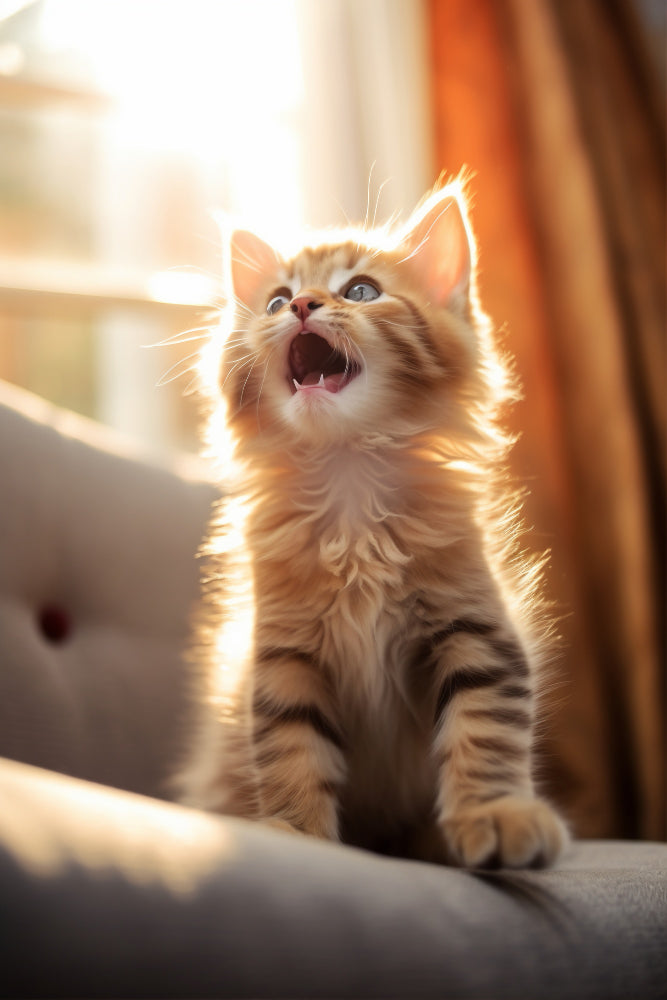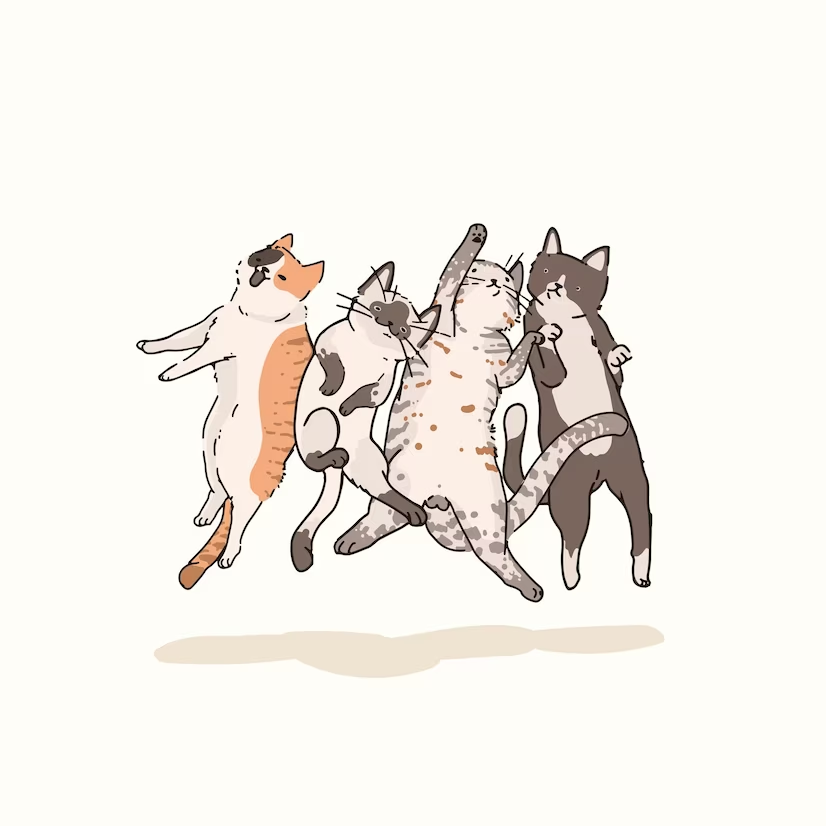Decoding the Language of Your Feline Companion
Cats are enigmatic creatures with a long history of domestication, yet they've retained their distinct personalities and forms of communication. Learning to interpret your cat's behavior and physical cues can give you invaluable insights into their thoughts and feelings. Below are key pointers to help you unravel the mysteries of feline communication.
Audible Signals
Cats employ a variety of vocalizations to interact with humans. The quintessential "meow" is their go-to method for grabbing our attention or requesting sustenance. Purring generally indicates a state of comfort and relaxation. Conversely, growls and hisses serve as cautionary alerts, signaling that your cat feels threatened or frightened.
The intriguing chattering sound some cats make upon sighting birds or squirrels through the window can often be attributed to their instinctual hunting excitement.

The Language of Posture
Cats also resort to body language to convey their emotions. A tranquil cat often exhibits a relaxed body and an upright or gently curved tail. In contrast, a cat under stress or fear will display a tense physique and a tail tucked between its legs. Flattened ears against the head usually indicate a cat in a defensive or agitated state.
Feline eyes are particularly expressive. A direct stare with dilated pupils can signify fear or potential aggression, while slow blinking often suggests a bond of affection and trust.

Olfactory Communication
Scent-marking is another intricate aspect of feline interaction. Cats frequently rub their faces or bodies against surfaces to leave their scent, effectively claiming their territory or acknowledging social hierarchies. When a cat rubs against you, it is generally a sign of endearment and territorial ownership.
Additionally, cats possess scent glands in their paws. They often utilize these glands to mark territory through scratching—explaining the common sight of a cat scratching at posts or furniture.

Gauging Your Cat's Needs and Desires
Attentive observation of your cat's communication tactics allows you to better interpret their needs and preferences. Understanding these cues is pivotal, given that cats are naturally independent beings. They may not always exhibit overt affection, but this should not be mistaken as a lack of emotional connection with their human companions.
Also noteworthy is that each cat has its unique communication style. Monitoring your cat's behavior can offer specific insights into their particular ways of expressing themselves. Significant behavioral changes might also signal underlying health concerns.
Conclusion
Comprehending your cat's modes of communication is an indispensable aspect of responsible cat ownership. By tuning into their vocalizations, body language, and scent-marking habits, you can not only cater to their needs more efficiently but also strengthen the emotional bond between you and your furry friend.




Leave a comment
All comments are moderated before being published.
This site is protected by reCAPTCHA and the Google Privacy Policy and Terms of Service apply.